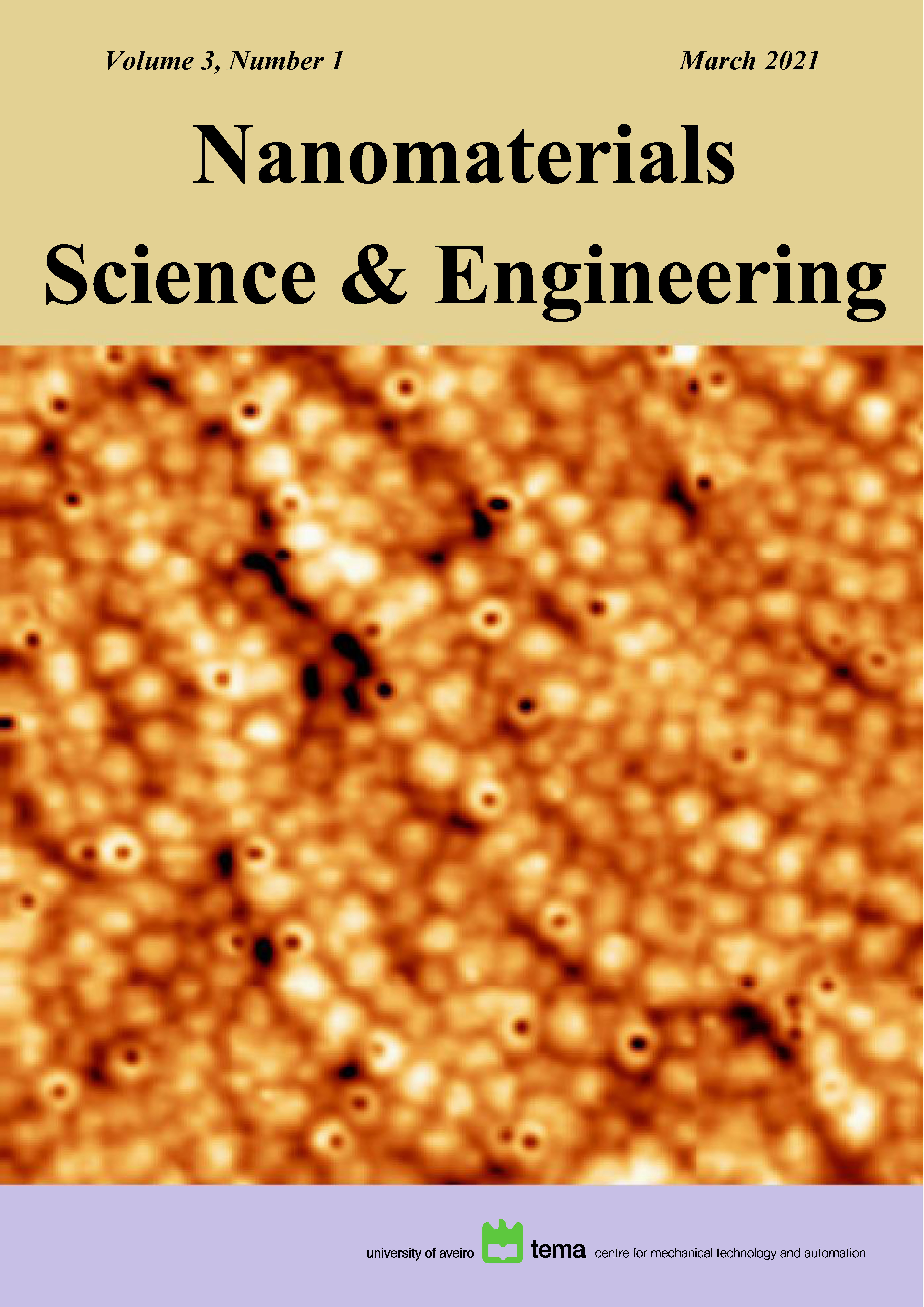Method for determining the chirality sign of peptide nanotubes using the dipole moments vectors calculations
Abstract
In this work the method for calculating the index and sign of chirality using the values of the dipole moments of each individual dipeptides forming a helix structure of a peptide nanotube is proposed.
Calculations of the individual dipeptide dipole moments using semi-empirical quantum method PM3 and force field method Amber are preformed in the frame of HyperChem software package.
Results obtained for diphenylalnine (FF) peptide nanotube (PNT) with two different initial chirality L-FF and D-FF shows correct results of the chirality changes on D and L for helical PNT, corresponding to the law of the change in the sign of chirality, when the hierarchical structure of the molecular system becomes more complex.
The results obtained give us a new opportunity to see the physical basis for the formation of the type and sign of chirality and open up new possibilities for a quantitative study of this phenomenon. This approach can be applied to other similar structures and peptide nanotubes based on other amino acids and dipeptides.
Copyright (c) 2021 Nanomaterials Science & Engineering

This work is licensed under a Creative Commons Attribution-NonCommercial 4.0 International License.
Copyright Information
Authors who publish in the Nanomaterials Science & Engineering agree to the following terms:
- Authors retain copyright and grant the journal right of first publication with the work simultaneously licensed under a Creative Commons Attribution License that allows others to share the work with an acknowledgement of the work's authorship and initial publication in this journal.
- Authors are able to enter into separate, additional contractual arrangements for the non-exclusive distribution of the journal's published version of the work (e.g., post it to an institutional repository or publish it in a book), with an acknowledgement of its initial publication in this journal.
- Authors are permitted and encouraged to post their work online (e.g., in institutional repositories or on their website) after publication, as it can lead to productive exchanges, as well as earlier and greater citation of published work.
Copyrights to illustrations published in the journal remain with their current copyright holders.
It is the author's responsibility to obtain permission to quote from copyright sources.
Any fees required to obtain illustrations or to secure copyright permissions are the responsibility of authors.





